Associated with changes in the arch of the foot, there is inward displacement of the tibia (eversion) and rotation of the foot (adduction). All of these operations are aimed at increasing the damping effect. This can be represented schematically as follows:
- Pronation and hyperpronation of the foot: what are they?
- Types of pronation and supination
- Muscles of the ankle-foot system
- pronation
- supination of the foot
- hyperpronation
- sneakers and pronation
- Pronation – Insole selection
- Types of foot pronation and choice of running shoe
- What to consider
- What is supination and pronation?
- What is WHP?
- Why is this necessary?
- What should I do?
- rotation of the upper limbs
- The pronation and supination of the lower limbs
- The downside of flatfoot: supination and arched foot
Pronation and hyperpronation of the foot: what are they?
To find the right running shoes, you need to know about pronation and supination of the foot. Especially if they develop into hyperpronation or hypersupination. Properly determining your foot type and choosing your running shoes correctly will protect you from future injuries. If you have hyperpronation, strengthening exercises are also required - read more about this in our article.
Pronation and supination - the foot's natural cushioning mechanism.
In pronation, the foot touches the ground, causing the arch of the foot to tilt inward. The arch of the foot absorbs impact and 'charges' for rebound.
The supination occurs during the recoil phase. The arch of the foot returns to its original position, helping you push off the ground better.
The video clearly shows how pronation and supination of the foot works:
When your feet work like this, you don't need to combine or torment yourself with insoles or special sneakers. Unfortunately, that is often not the case. A sedentary lifestyle from childhood (school, college, sedentary work, traffic) loses the foot's ability to function properly. This leads to flat feet and thus to joint pain and even back pain. Without the right approach, running can only make the problem worse. That's why it's so important to figure out what type of foot you have before you run.
Types of pronation and supination
- overpronation of the foot. (Overpronation) – the foot is always tilted inward and is commonly referred to as flatfoot.
- hypersupination of the foot (excessive supination) - the foot is tilted outward.
- Neutral pronation (normal pronation) - the foot is straight.
On the far left and right of the image are anomalies that need to be corrected with exercises, shoes and insoles. The middle part shows the natural function of the foot when running and walking.
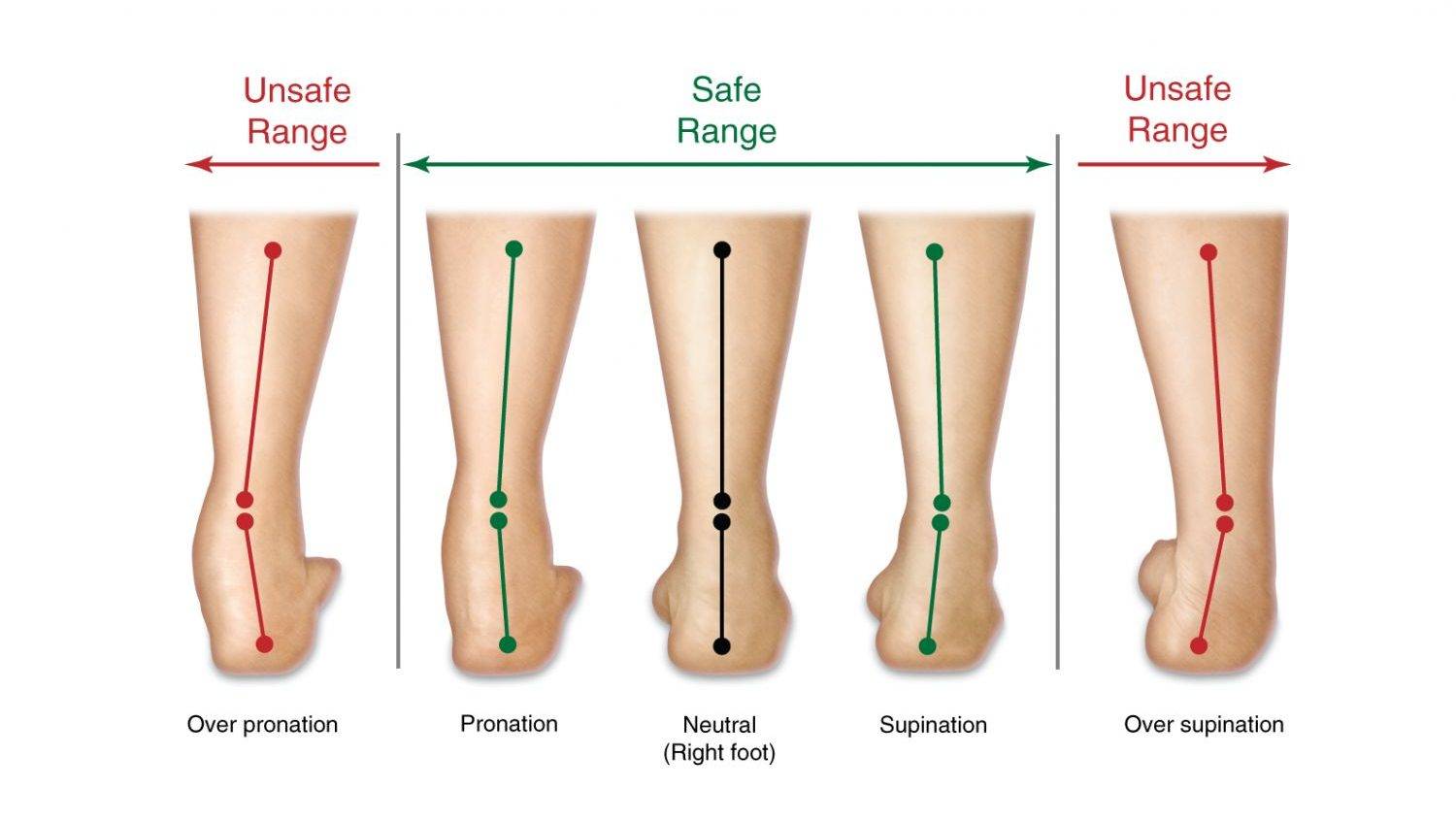
Hyperpronation and excessive supination (left to right)
hyperpronation (Overpronation) is a characteristic of the foot where it falls inward and does not return to its original position. The low arch of the foot has no room to absorb shock. Hyperpronation must be corrected with special insoles and sneakers.
hypersupination (Hypersupination) is a lack of pronation or shock absorption of the foot. The arch of the foot is high and the foot tilts outward. It occurs rarely, in about 2-3 % of the population. Hypersupination requires sneakers with good cushioning to compensate for the lack of natural cushioning.
Neutral pronation – The natural cushioning works well so no adjustment is needed. Training shoes are suitable if they are comfortable or you like their design. Beginners with weak feet are advised to run in hyperpronation shoes, alternating them with natural running shoes. However, the symptoms of hyperpronation can occur with fatigue (prolonged running).

Muscles of the ankle-foot system
The ankle-joint complex plays a fundamental role in walking and other activities of daily living. It is a very complex anatomical system. Any injury, damage, or neuromuscular disorder to this complex system affects the interaction of muscles, bones, and ligaments, resulting in dysfunction, instability, or reduced mobility.
This is largely due to the extremely complex muscular interactions involved in ankle and foot movements. An important fact to note is that all of the muscles that move these joints start at the shin and some end at the thigh and end at the foot.
- musculus tibialis anterior;
- The long extensor muscle of the big toe;
- The long toe extensor and third fibular toe are responsible for dorsiflexing the foot and extending the toes.
Lateral muscle groupThe lateral muscle group consists of the long, the short and the third fibula and provides the pronation of the foot.
Deep posterior tibialis muscle groupThe posterior tibialis muscle group, long toe flexor and long toe flexor are specifically responsible for foot supination and toe flexion.
The soleus flexion of the foot is provided by the superficial muscles of the posterior group - the calf muscle, the cambioideus muscle and the placialis muscle. The calf and placialis muscles are connected to the heel bone via the Achilles tendon. The calf muscle and soleus muscle begin above the knee joint, at waist level, while the cambioideus muscle begins at shin level. This distinction is important for understanding the interaction between knee and ankle joints.
What movements are performed at the ankle?
The movements of the foot affect the whole foot or specific parts of the foot. Dorsiflexion or plantar flexion of the foot is possible in the sagittal plane.
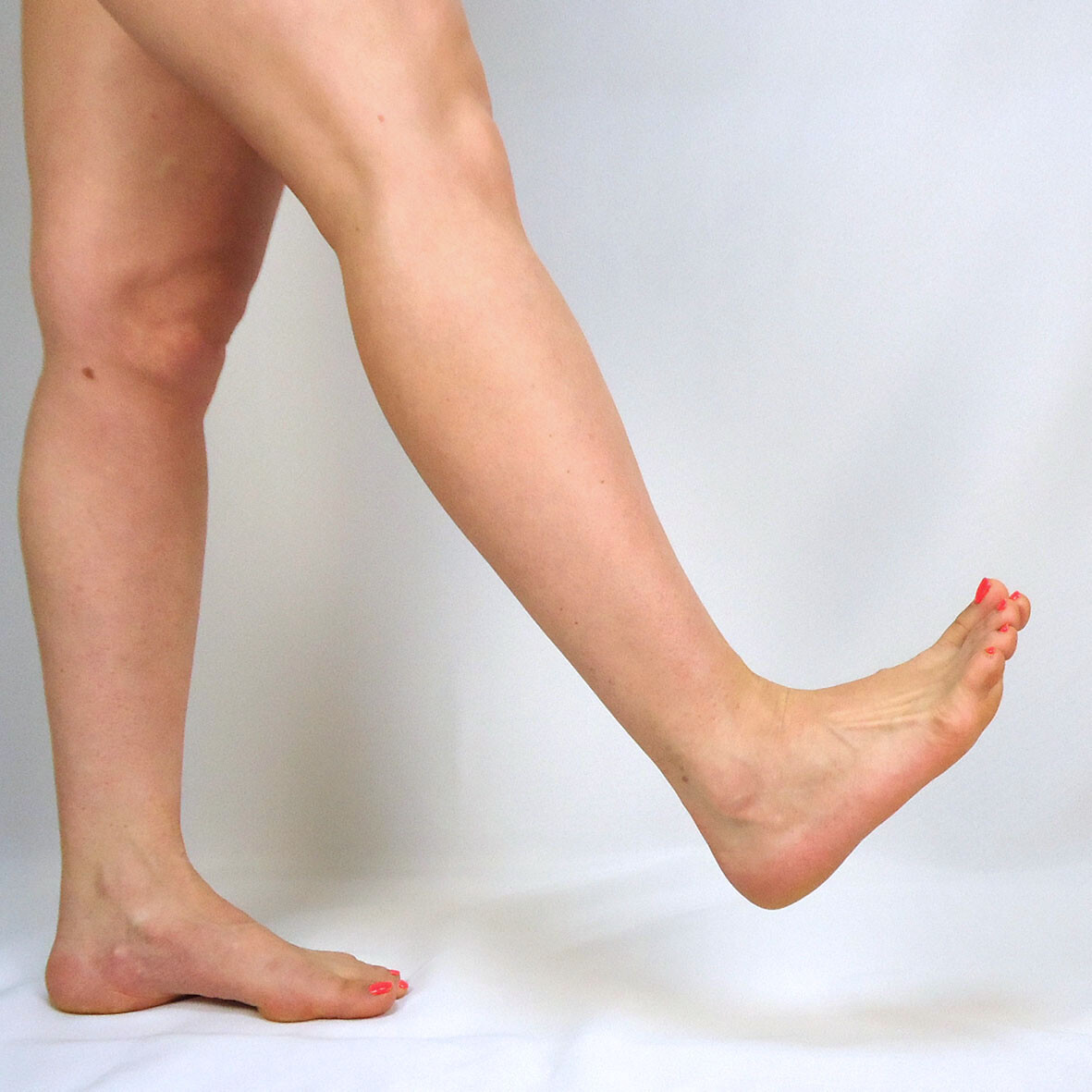
pronation
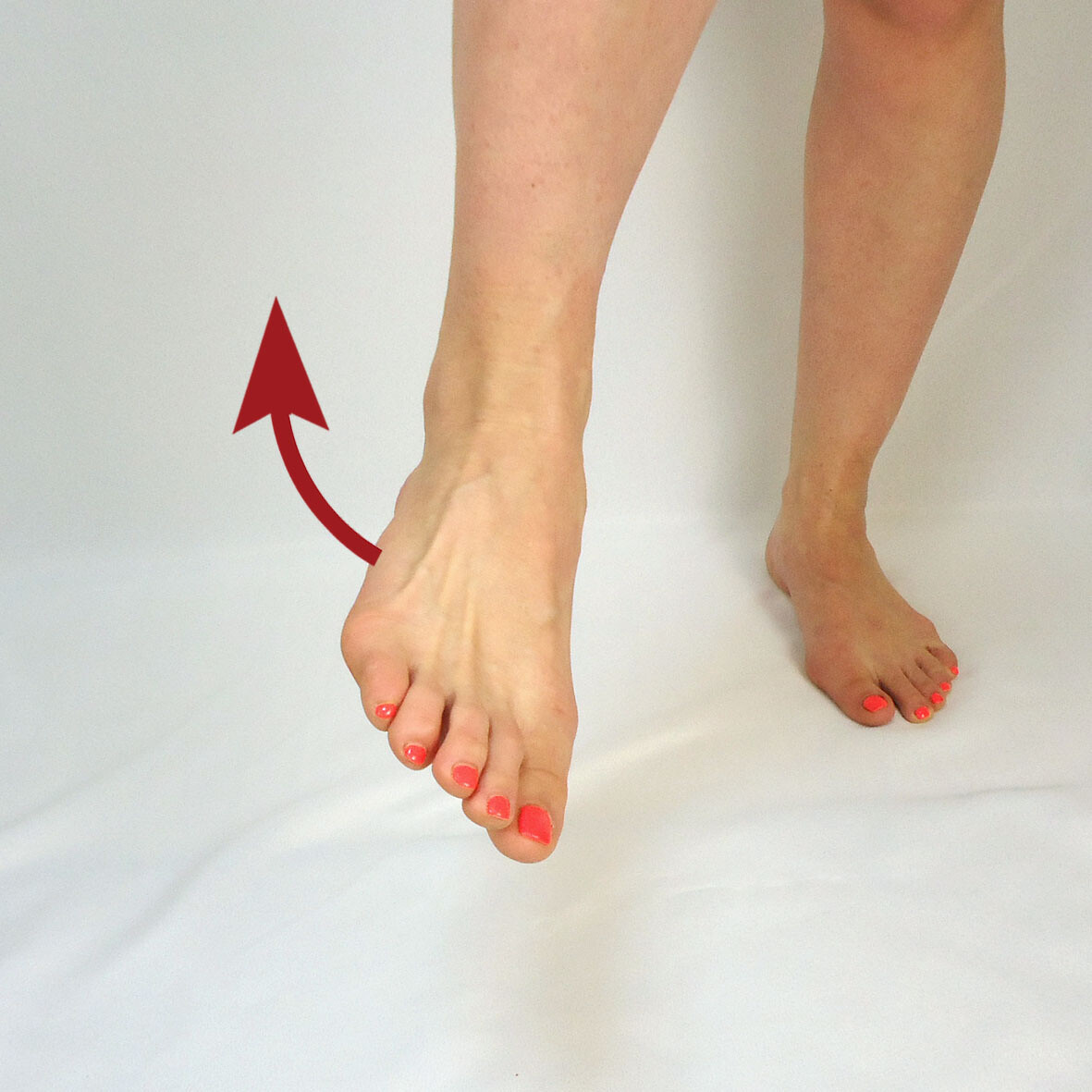
- M. peroneus longus
- Short Fibula – M. peroneus brevis
- Third fibula – M. peroneus tertius
In the horizontal plane, abduction and adduction are possible (not to be confused with outward or inward rotation of the knee and/or hip joint, although in practice these movements are often combined).
Abduction – the forefoot is tilted outward.

Abduction (adduction) – the forefoot deviates inward.

In practice, there is an automatic combination of three types of movement:
Abduction, pronation and extension together form the eversion of the foot. Pictured left.
- Tendon of the long toe – M. extensor digitorum longus
- Fibula longus – Peroneus longus muscle
- Short Fibula – M. peroneus brevis
- Peroneus tertius: third fibula
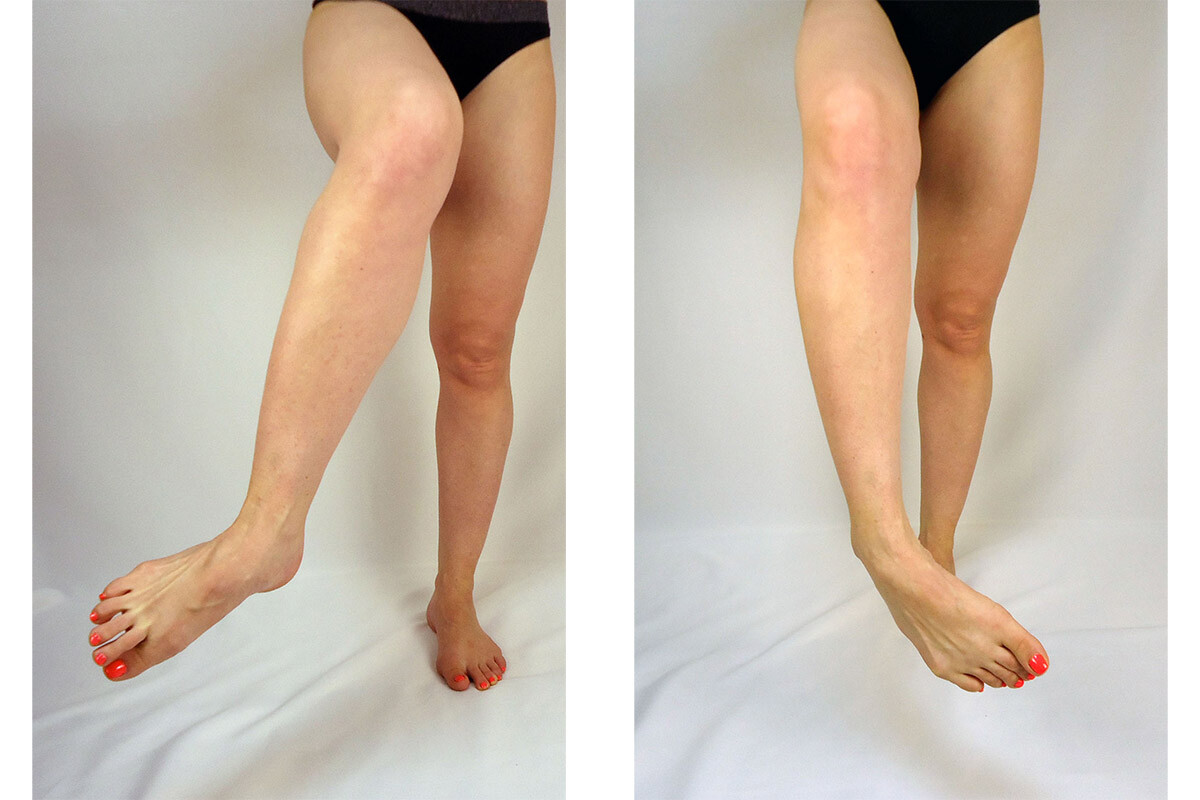
Adduction, supination and flexion combine to form the inversion of the foot.
- Musculus tibialis anterior – M. tibialis anterior
- Flexor of the long toe – M. flexor digitorum longus
- Flexor of the long toe – flexor hallucis longus
- Musculus tibialis posterior – M. tibialis posterior
supination of the foot
When the runner's center of gravity shifts forward, the opposite process of pronation, supination, occurs. The foot is shortened and the ligaments and muscles of the lower limbs tightened to provide 'rigid leverage' for the subsequent forward thrust and movement. During the supination phase, inversion causes the tibia to return to its normal position. Adduction, on the other hand, causes the support to shift outwards away from the body:
Supination restores the foot's natural flexion and tightens the muscles and ligaments of the leg to perform the push-off:
Pronation and supination are opposites of each other. Pronation softens the foot and supination creates an active thrust phase. Between these two phases, the foot must be given time to return to a neutral position. Pronation can be excessive, neutral, or insufficient. These are explained in more detail below.
hyperpronation
Hyperpronation is a lowering of the arch of the foot in relation to the floor. Outwardly, it looks like the feet are tilted inward. Because the ligaments in the foot are loose and stretched, they cannot provide good cushioning. Hyperpronation is often, but not always, associated with flat feet, and decreased muscle tone in the foot contributes to this. Flat feet increase stress on the knees, spine, and pelvis.
In the first phase, hyperpronators touch the surface with the outer part of the heel. However, later the foot rotates inwards by more than 15 %. The pronation phase is delayed so that the foot cannot assume a neutral position and supinates during the propulsion phase. The supination impression is made with the first two toes:
This condition of the foot does not provide adequate stabilization of the body. Supportive shoes and built-in supinators should be used to avoid injury and excessive fatigue.
sneakers and pronation
When looking for suitable running shoes, it makes sense to first determine the position of the foot. This can be neutral, pronated or supinated. The former features a well-formed rearfoot, with body weight evenly distributed from toe to heel. Excessive internal deflection of the ankle relative to the tibia is indicative of foot pronation, which is often associated with low foot height and a tendency to flat feet, a very common deformity in which the arch of the foot is lowered or disappears altogether.
Pronation requires properly fitted running shoes, otherwise it can lead to pain in the feet, ankles or knees or even in the hip or lumbar spine. People with excessive pronation often complain of shin splints and overuse of the anterior tibialis muscle. You need shoes that are specially reinforced on the inside (e.g. with hard foam).

Runners with excessive supination, ie high arches and too much tilt of the ankle relative to the shin, have a higher risk of ankle sprainsThe trainer is recommended for high cushioning, reduced cushioning and overloading of the hip and shin joint during sports. Sneakers with high cushioning and a well-stabilized upper are recommended.
Pronation – Insole selection
Pronation or supination of the foot can be corrected with appropriate foot muscle exercises and correct running technique (first contact with the ground should be with the flat foot). Sometimes it is also advisable to wear pronation inserts, which ensure correct foot alignment by supporting the outside of the foot.
Pronation of the forearm and hand is less common than that of the ankle. Excessive pronation can cause what is known as tennis elbow, among other things. Characteristic of this is the sensation of pain when flexing the extensor muscles of the wrist at their proximal point of attachment, the lateral epicondyle of the humerus. Sometimes it radiates into the lateral epicondyle or into the hand.
Types of foot pronation and choice of running shoe

In general, when choosing running shoes, in the case of severe pronation (overpronation), shoes with increased support of the insole and possibly with all kinds of wedges and special insoles should be used. In the case of insufficient pronation (hypopronation), on the other hand, shoes that cushion the inner part of the heel better should be used. In addition, there are also some constructive changes to other parts of the sole as the 'exit' is through different zones of the foot.
The aim of all these tricks is to compensate for the natural inability to absorb shock and prevent possible injuries. When the ankle is severely abnormal, it also causes unnatural stress on all other joints and causes pain in the back, head, etc.
This mainly refers to a stiff, incorrect running technique with heel strike.
Running for a long time with overpronation (which is the most common case) without compensating for it with shoe design or running technique can lead to excessive displacement of the kneecap and the formation of e.g. B. a runner's knee. This leads to wear (erosion) of the cartilage of the kneecap (chondromalacia patella).
What to consider
To avoid confusion, sometimes only two terms are used – e.g. B. hyperpronation i hypersupination. In between, of course, is the neutral foot type, which is considered normal.
Many actions take place during a single step, including a dynamic equilibrium position between pronation and supination. The main muscle that controls all of this is the posterior tibialis muscle. It works both in extension (when the foot touches the ground) and in compression (for a strong push-off in supination).
There are also other factors such as the X or O curvature of the foot. This can also have a strong influence on the alignment of the foot (varus or valgus). Find out all you can about the intricacies of the biomechanics of your foot, preferably from a sports doctor or a specialized running center. Also, don't skimp on your running shoes if you have peculiarities in your foot structure.
What is supination and pronation?
To understand what we are talking about here, you need to understand these terms - supination and pronation. They are often used in books and articles about training.

supination – is the outward rotational movement of a limb or part of a limb. For example, when a hand bent 90 degrees at the elbow is supinated, the hand is rotated from a palm-down position to a palm-up position. This is indicated by the number 1 in the figure.
It doesn't matter how much the hand is bent at the elbow. A rotation in the direction indicated by arrow 1 is always a supination.
pronation – is the opposite of supination, a twisting movement that is inward. If you're holding a handful of coins and then decide to spill them, you need a pronation.
The use of the terms pronation and supination in relation to the hand is more or less well known. They are particularly popular on bodybuilding forums for training biceps and forearm muscles.
What is WHP?
IPA stands for 'Shoulder External Rotation'. That is, the supination of the shoulder.
IPA exercises are exercises that develop the muscles that externally rotate the shoulder (shoulder supinators).
Why is this necessary?
At the beginning of this article, I drew your attention to getting to know the muscles and their functions. Read about the muscles that control the shoulder joints:
Pronation of the shoulder: 1) scapularis muscle, 2) pectoralis major muscle, 3) anterior deltoid muscle, 4) dorsal wideus muscle, 5) circumcus major muscle
Supination of the arms: 1) biceps brachii muscle, 2) biceps brachii muscle, 3) biceps posterior muscle.
If you look closely at the drawing, a lot will become clear. A - front view, B - rear view.

Note!!! the pronators of the humerus are the two largest muscles in the body - the pectoralis major muscle and the dorsal widest muscle! And also the anterior deltoid. Everything is done in training to develop these muscles in every way. And what is the result of that?
Well, it looks like this. Strength training shortens the muscles and makes them noticeably stronger and larger. Have you ever noticed how big bodybuilders' arms move ridiculously from side to side? One of the reasons for this is the penetrating action of the pectorals and broad muscles.
The shoulder joint gradually moves more and more into a slight but still noticeable pronation. This is not a natural position and the shoulder joint must be kept in a neutral position, not supinated or supported.
Constant pumping of the pronators is a prerequisite for distortion of the normal geometry of the shoulder joints. This is a shortcut to injuries. Especially bench press, deadlift, pull ups. Sudden pain in the shoulder!
What should I do?
1 Incorporate exercises that develop shoulder supinators into your routine. These are EPI type exercises. They primarily work the muscles on the back of the shoulder - the supraspinatus, subscapularis and sphincter minor.
scientifically based therapeutic exercises

Conduct the exercises in a place and at a time that you feel comfortable with
- for rehabilitation of the wrist and forearm after injury;
- for rehabilitation after an operation;
- for injured muscles, tendons and ligaments;
- for chronic pain and spasms;
- in tendinitis and tendinopathies;
- For sprains and subluxations;
- With synovitis and bursitis;
- osteoarthritis;
- Fractures of the radius, elbow, metacarpal, wrist;
- other injuries and pathologies.
We strongly recommend that you consult a physical therapist or LFC specialist prior to beginning any exercise to ensure you are not overloaded, to avoid possible complications and to reduce the risk of re-injury.
rotation of the upper limbs
To clarify what we are talking about, you can read about the specific promotion. Lower your arm and bend it at the elbow. Hold your hand with the thumb pointing up and the other fingers pointing forward. Now make a twisting motion with your hand so that the thumb moves in and down. The entire hand gradually changes position from vertical to horizontal, with the inside (palm) down. This manipulation of the hand and thus the forearm is called pronation.
Now change the position of the hand when the palm was down and rotate it in the opposite direction so that the palm is up. This rotational movement of the hand and forearm is called supination.
From this it can be concluded that pronation and supination are opposing movements that are responsible for specific muscle groups – supinators and pronators.
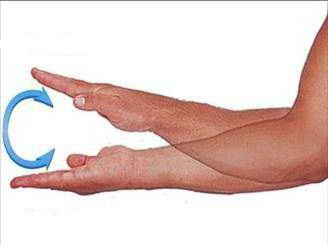
The pronation and supination of the lower limbs
The pronation and supination of a person's lower limbs is an important part of the concept and while everything is more or less clear with the example of the upper limbs, with the lower limbs the question arises. Pronation of the foot - what is it? Just as everything is clear with the hand, with the foot there are some difficulties in representation. But actually it's very simple.
Pronation of the foot is simply the inward rotation of the foot, more specifically its ability to rotate outward. In this case, the lower limbs and their rotation, pronation and supination have a primary function, which is to evenly distribute weight and reduce stress.
The simplest example of lower limb pronation is foot flexion while walking or running. Pronation and supination of the foot are necessary because without them man loses his ability to move. It is the mechanism that makes the foot move.
In summary, foot pronation is simply a necessary process of human biomechanics.
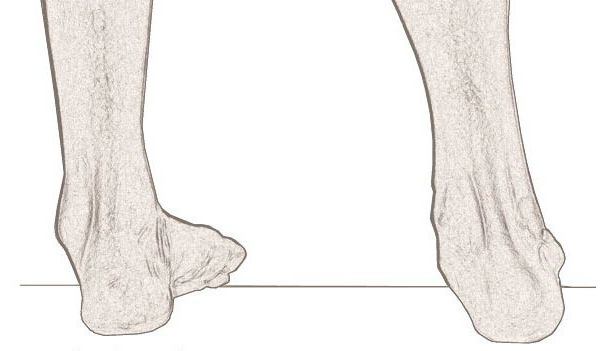
The downside of flatfoot: supination and arched foot
Supination is as natural and necessary in walking and running as pronation. It is the second phase of the gait cycle, in which the center of gravity is shifted forward and the foot pushes off the ground. Only the outer, lateral edge of the foot is in contact with the ground.
Like hyperpronation, excessive supination causes many problems: from discomfort and pain in the arch and ankle area when walking to musculoskeletal problems. Excessive supination can be recognized by the deformation of the shoe, which wears out quite quickly towards the outer edge and takes on a banana-like curvature.
This deformation occurs most frequently in what is known as pes cavus – with a very high longitudinal arch. The high arch not only makes it difficult to fit shoes, but also leads to abnormal load distribution, pain and instability in the ankle. The pain can occur not only when walking, but also when standing. The condition can occur at any age, on one or both feet.
The symptoms of pes cavus can be identified with a simple test: stand on a piece of paper with wet feet and assess the resulting contour of the sole of the foot. If the arch between the arch of the foot and the heel is too large or non-existent, the foot is hollow. In this case, a visit to the podiatrist is necessary to determine the cause of the pathology (hereditary or caused by a neurological disease) and identify risk factors for possible complications. For this purpose, a functional diagnosis and an assessment of the biomechanics of the foot are carried out.
In addition to a high arch and an above-average arch of the foot, there are other symptoms that
indicate this pathology:
- hammer toe or clawed toe deformity;
- Callus formation especially at the base of the big toe or little toe and at the
callus formation mainly at the base of the big or little toe, but also on the heel and on the outside of the foot; - sometimes severe or sudden pain in the area of the forefoot, heel and calf
both standing and walking; - frequent dislocations of the ligaments of the ankle;
- tendency to fall.
- What is pronation and supination?.
- pronation.
- How to determine the type of pronation.
- Pronation and supination in anatomy.
- Sneakers with hyperpronation.
- pronator and supinator muscles.
- The long section of the big toe.
- Hip pronation and supination.
